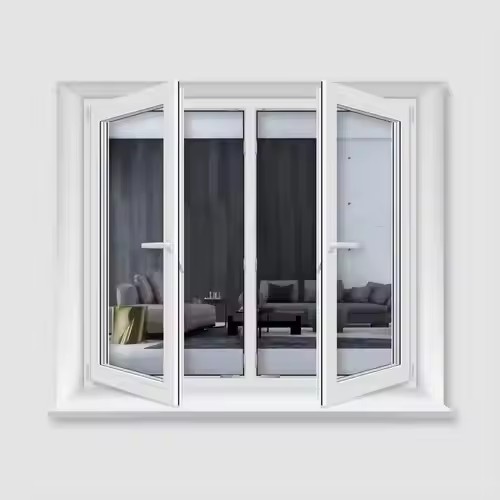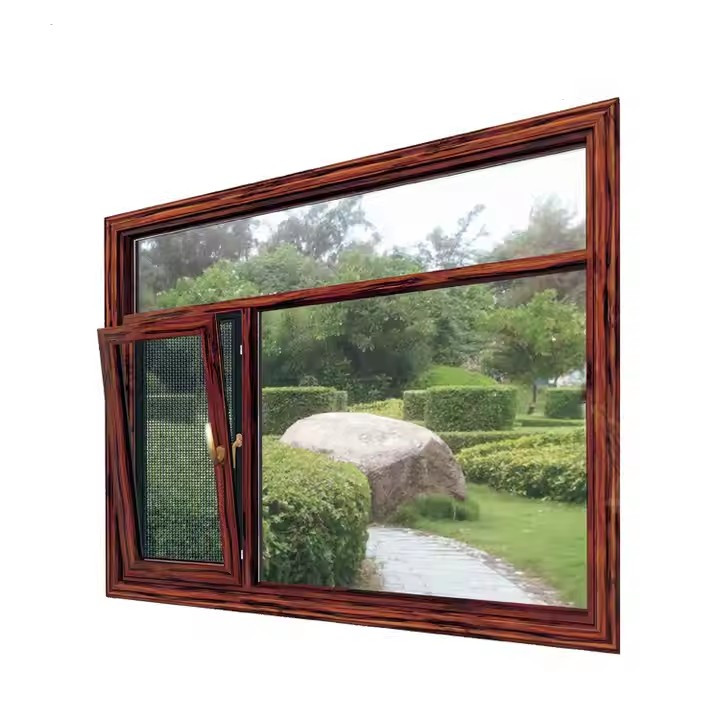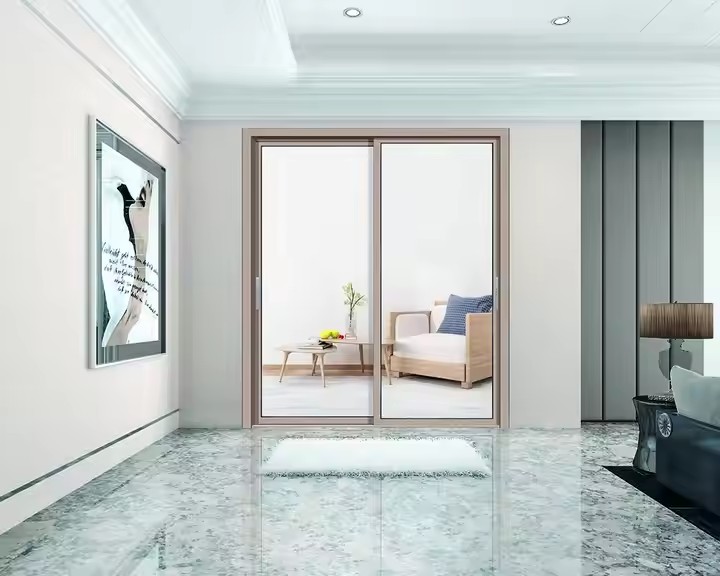1. In-Depth Understanding of Market Needs and Precise Positioning
Study Market Characteristics:
Australia is a vast country with significant regional climate differences. For example, in tropical areas such as Queensland, doors and windows must emphasize sun protection and ventilation. Sliding windows with Low-E glass that blocks over 90% of UV rays can be promoted. In temperate regions like Melbourne, thermal insulation is key — using thermal break aluminum frames combined with double glazing can reduce the U-value to below 1.5W/(m²·K), meeting local energy efficiency standards.
Focus on Target Customers:
Currently, local brands such as Dowell and Rylock dominate the Australian metal door and window market. Chinese companies can focus on penetrating the mid-to-high-end segment. For instance, developing 5G aluminum-clad wood-plastic composite windows using frame fusion technology to address thermal expansion issues can help enter the high-end residential market. Precise targeting of user demographics is essential.

2. Ensure Product Quality and Certification Compliance
Meet Performance Standards:
Strictly comply with the mandatory AS2047 standard, which governs door and window products in Australia. This includes requirements such as wind pressure resistance (up to 1.5kPa), air tightness (≤2.5m³/(m·h) at 75Pa), and water tightness (no leakage at 150Pa). Utilize one-stop services provided by institutions like Intertek — including testing, factory audits, and energy assessments — to ensure compliance.
Obtain Green Certifications:
Strive to achieve certifications such as the Green Star rating, which significantly enhances product competitiveness. Use vacuum glazing and polyurethane frames to lower the U-value below 1.0W/(m²·K), meeting near-zero energy standards. For bushfire-prone areas, products must also pass AS 1530.3 fire resistance testing, maintaining structural integrity under 900°C flames for 30 minutes.
3. Strengthen R&D and Innovation
Material Innovation:
Use fluorocarbon-coated aluminum profiles with over 10 years of weather resistance, especially for areas with high UV exposure. In coastal, high-wind regions, apply laminated glass that meets AS 1288 impact standards.
Smart Integration:
Incorporate smart shading and solar glass technologies. For example, photovoltaic windows used in Melbourne projects can generate up to 2,000kWh of electricity annually, aligning with the trend of sustainable construction.
Modular Design:
Use standardized components to reduce transportation costs. For example, Lesso Group established a 30,000m² showroom in Sydney and leverages the “Lesso Global” platform to deliver modular products efficiently.
4. Build Brand and Expand Marketing Channels
Brand Building:
Set up experience centers in major cities like Sydney and Melbourne to showcase the integration of aesthetics and smart technology in Chinese windows and doors, spreading brand values and culture. For instance, Bole plans to launch its first batch of AS-certified products by the end of 2025, targeting high-end residential projects to establish a strong brand image.
Exhibition Participation:
Actively participate in Australian building and construction trade shows, such as the Sydney Build Expo, to showcase high-performance systems, storm-resistant safety doors, and energy-efficient acoustic windows. For example, Palide signed over a million dollars in orders at the 2025 Sydney expo, boosting brand visibility.
Online Marketing:
Leverage social media and industry platforms to promote product advantages and case studies, interact with potential customers, and increase brand exposure.

5. Optimize After-Sales Service
Establish Local Service Teams:
Set up professional after-sales teams in Australia to respond quickly to customer needs and provide timely repair and maintenance services.
Provide Warranty Guarantees:
Offer long-term warranty commitments, such as 5–10 years, to build customer trust and confidence in the brand.
Gather Feedback:
Actively collect customer feedback to improve products and services, better meet market needs, and increase customer satisfaction and loyalty.
6. Develop Local Partnerships and Production
Seek Collaboration:
Build strong partnerships with local builders, designers, and distributors in Australia. Utilize their channels and resources to enter the market quickly. For example, collaborate with reputable builders on large-scale projects to increase product recognition.
Local Manufacturing:
Consider setting up production bases in Australia. Local production not only reduces transportation costs but also allows better responsiveness to market needs, shortens delivery times, and enhances brand localization.

